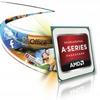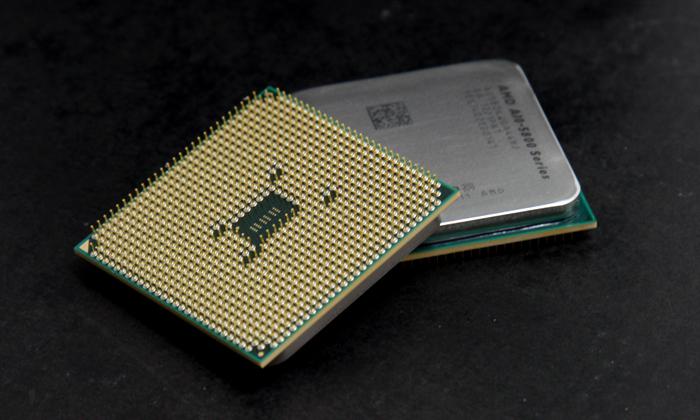Introduction
Trinity Desktop APUs - the 2nd Generation AMD A-Series
Back in May AMD introduced a series of AMD A10 'Trinity' APUs as mobile and notebook solutions. The new APU series is based on a new architecture that should bring its performance above previously released Llano based products from that same A series.
The new chips came with a codename that you all will recognize, Trinity. Trinity will thus be the successor of the current AMD A4, A6 and A8 Llano-processors.
First and foremost, we are a bit of an enthusiast based website so I need to make it very clear here, the A10 and A8 APU processors are entry level to mid-range targeted processors. That means you are looking at reasonable up-to okay CPU performance versus a greatly enhanced integrated GPU, and all that for very interesting prices. Tested today is the A10 5800K APU for example, costing roughly 125 EUR.
Based on the Trinity APU architecture there will be several APU models to be found which we'll place in an overview later on.
Our tested model is the A10-5800K APU is rated at 100W running at 3.8 GHz with a Turbo allowance towards 4200 MHz. The A10 APUs have a 4MB L2 cache and pack 384 Radeon (shader) cores with that embedded GPU running at 800 MHz.
By itself not a massive GPU change opposed to the previous generation which had 400 shader cores however the new AMD graphics architecture is applied and offers a significant leap in performance for integrated graphics alright. Processor wise Trinity is based on Piledriver cores, basically the new 2nd revision of AMD's Bulldozers cores which we all know from AMD's FX series processors.
So before we dive a little deeper into the performance of the APU, I wanted to quickly talk about the APU and the technology behind it. Next page please.


